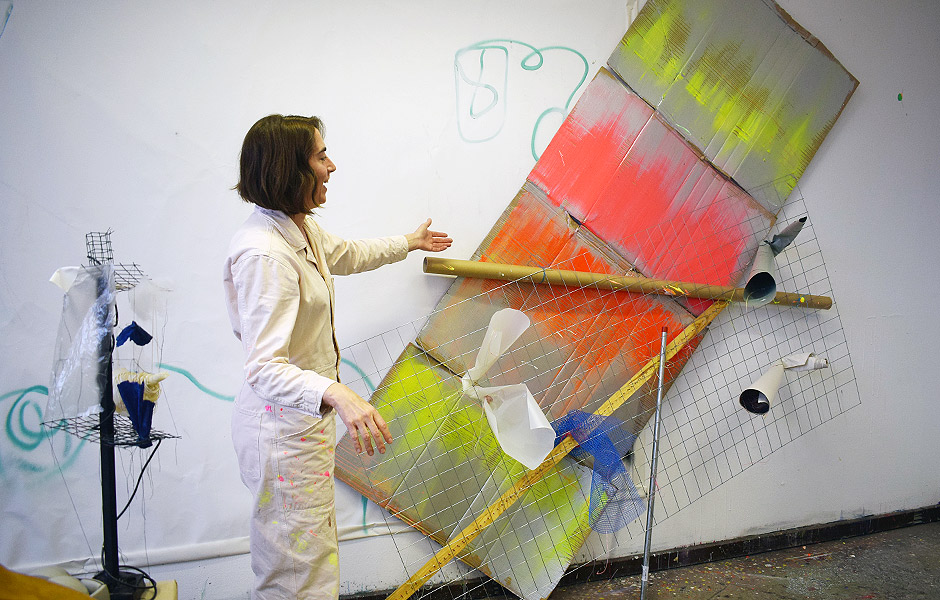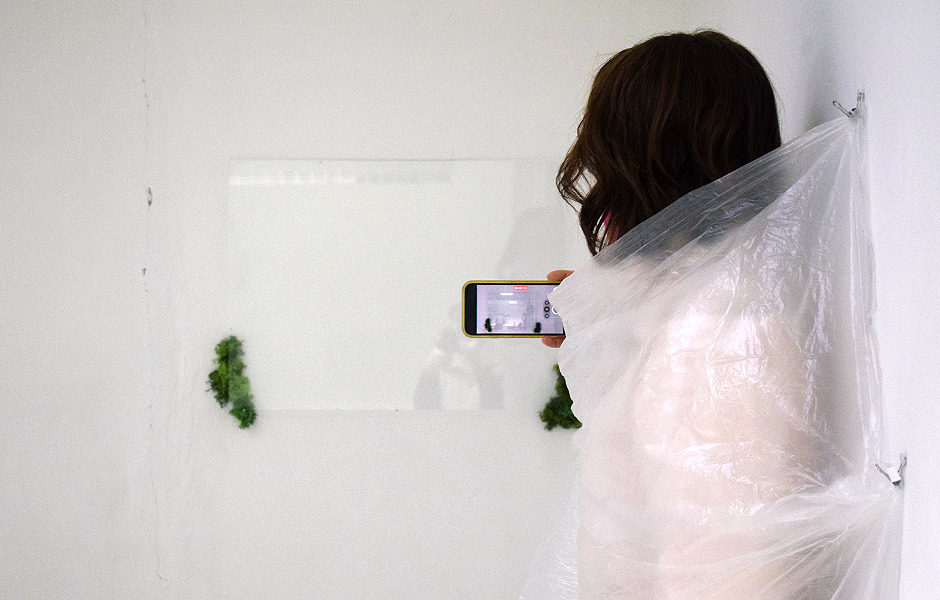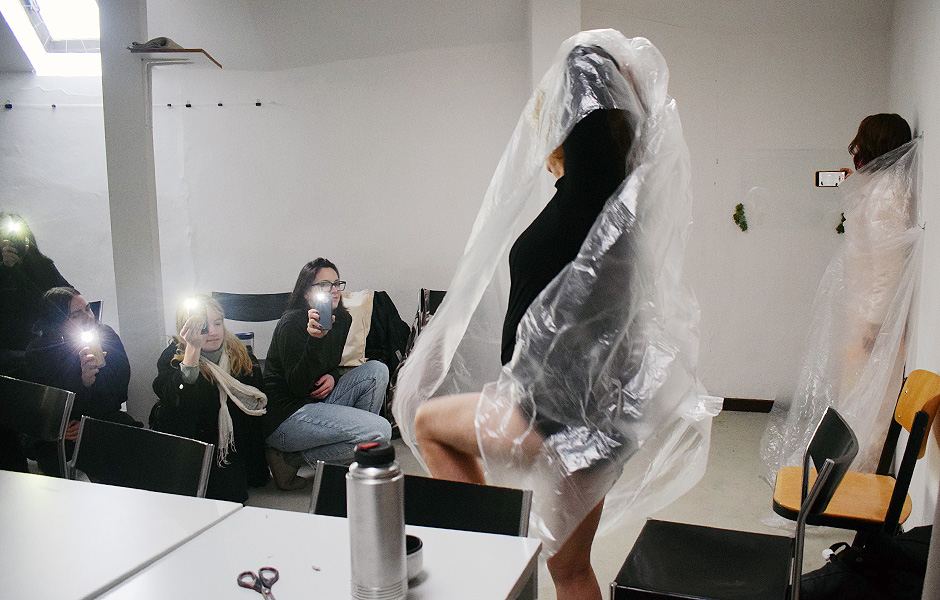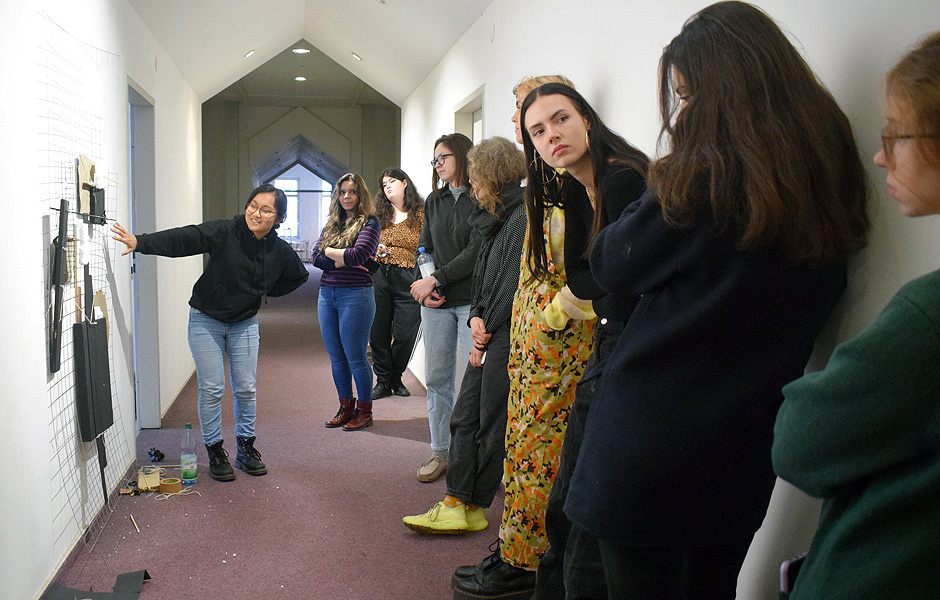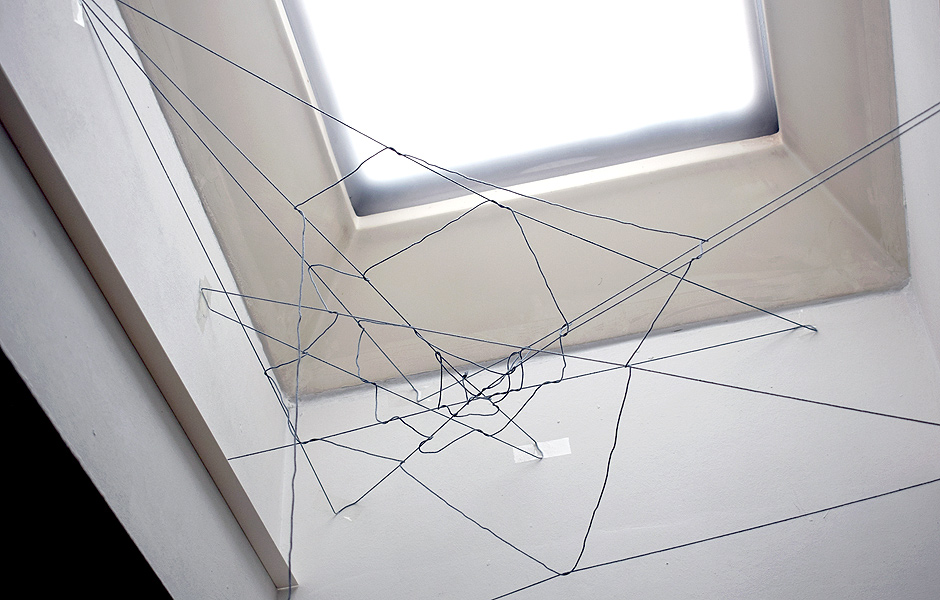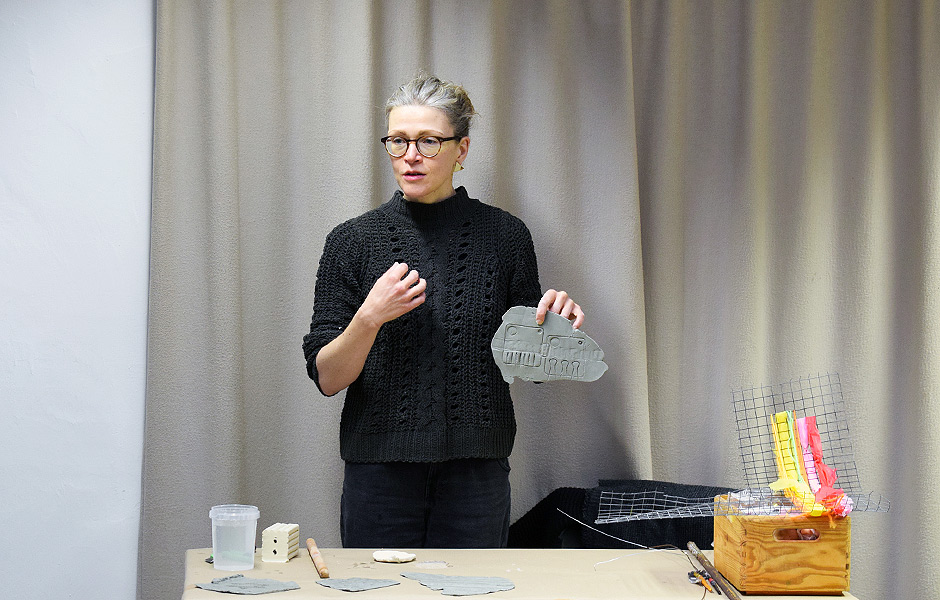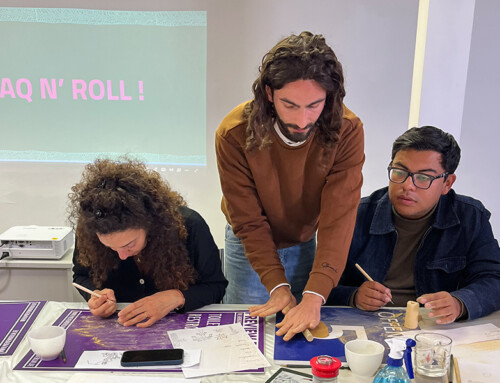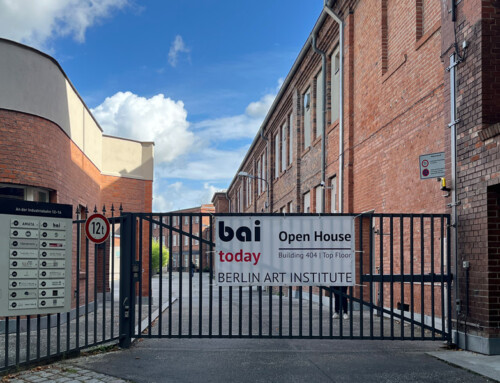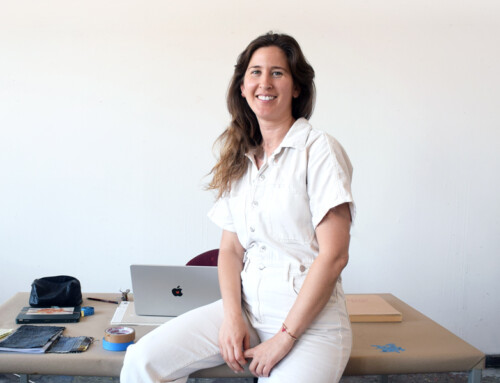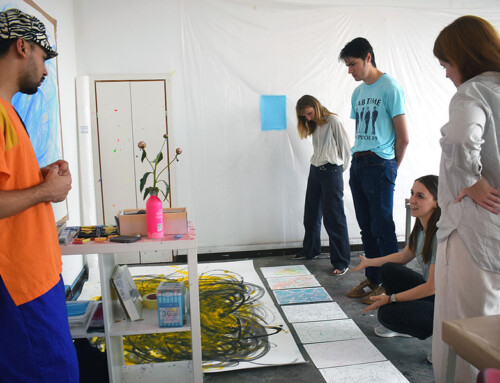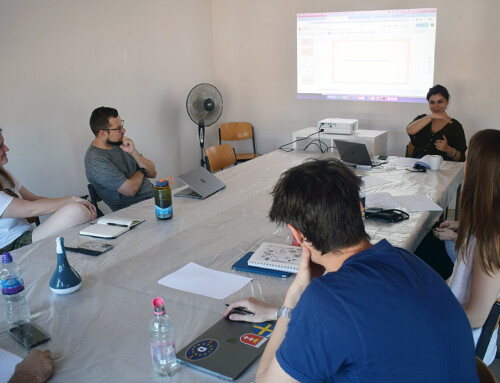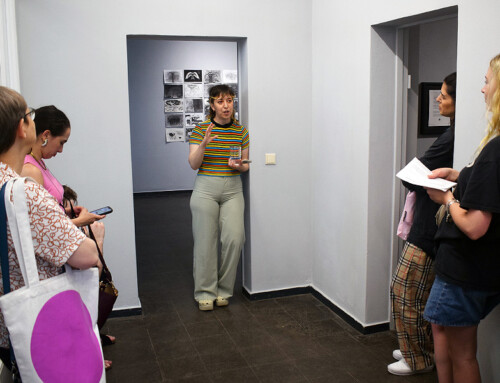November 16 – 17, 2022, 10 am – 12:30 pm
Many thanks to the artist & writer Jasmine Reimer for her workshop introducing our participants to EXPERIMENTAL DRAWING – Expanded Drawing Techniques – Intensive Drawing Session during the basic course within the Studio Program at BAI | Berlin Artist Residency, Art School, Arts Incubator, and Live Online Courses & Classes.
“In recent years drawing has shifted to incorporate a wide range of materials and processes. In contemporary art, drawing might refer to a physical struggle (Matthew Barney), a fragment of a cinematic sequence (Tacita Dean), an object made linear (Cornelia Parker), a geopolitical borderline (Doris Salcedo and Emilio Rojas).
This course seeks to explore what drawing is and does across a range of disciplines and over a broad historical period. Key questions raised by this course include: What is lost or gained by expanding the concept of drawing beyond its familiar foundation in paper and line? Can drawing be found? How should drawing be considered in relation to three dimensions?
In this two-part experimental drawing course, we will explore selected non-traditional drawing methods to reveal drawing as more than a practice of representation. The class will focus on developing students’ observation skills, means of expression, and representation in an expanded field of contemporary art and drawing practices. Together, and individually, students will explore new mark-making possibilities and create figurative drawings based on the found environment.
DAY 1: Drawing in Space and Time
The first day will begin with a short presentation featuring examples of professional artists pushing the realm of drawing past traditional boundaries. The presentation will include images of artworks by a range of international modern and contemporary artists including Matthew Barney, Tacita Dean, Doris Salcedo, Cornelia Parker, Rebecca Horn and others.
The presentation will be followed by a warm-up drawing exercise involving a moving/shifting still life. Students will be asked to draw the arrangement as it moves and shifts, continuously, without beginning a new drawing or erasing what has already been observed.
The first project is titled “Drawing as a Found Object”
This project will explore an exterior site (or, whether not permitting, a site outside of the classroom but still indoors) and the ways in which the student can make it an active part of drawing – for example, by adding line and/or shape to existing marks/forms already at the site. The student is encouraged to treat the existing characteristics of the site as a potential partner in drawing, rather than something to be disregarded.
Using their discoveries, the students will develop a drawing that integrates the found nature of the site with their interests and chosen temporary and non-toxic materials. The student will be asked to document the integration in a way that can be taken away without leaving a trace behind. (By re-drawing the image on paper or document through photograph or video etc…)
DAY 2: Drawing in Relief
Following the stil-life warm-up exercise, the second part of the course will focus on a different experimental drawing technique that incorporates 3-dimenions into drawing practice. The project is titled “Relief Drawing: Drawing with Form”.
Here, students are challenged to locate surfaces of interest; textures, shapes, patterns etc,… in either an indoor and/or outdoor environment. Using plasticine or clay as a medium, students will press the plasticine onto their chosen surface to capture its details. Removing the plasticine, students will alter the pattern via cutting, stretching, reorganizing… to create an abstract, relief-style composition.
The images and techniques explored during this two-day intensive course will provide students with new pathways to explore drawing and its attachment to the term “2D”. Using experimental drawing methods students can begin to explore their own individualized methods of abstraction and invention, potentially revealing their own mark-making lexicon.” (Text by courtesy of Jasmine Reimer)
